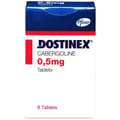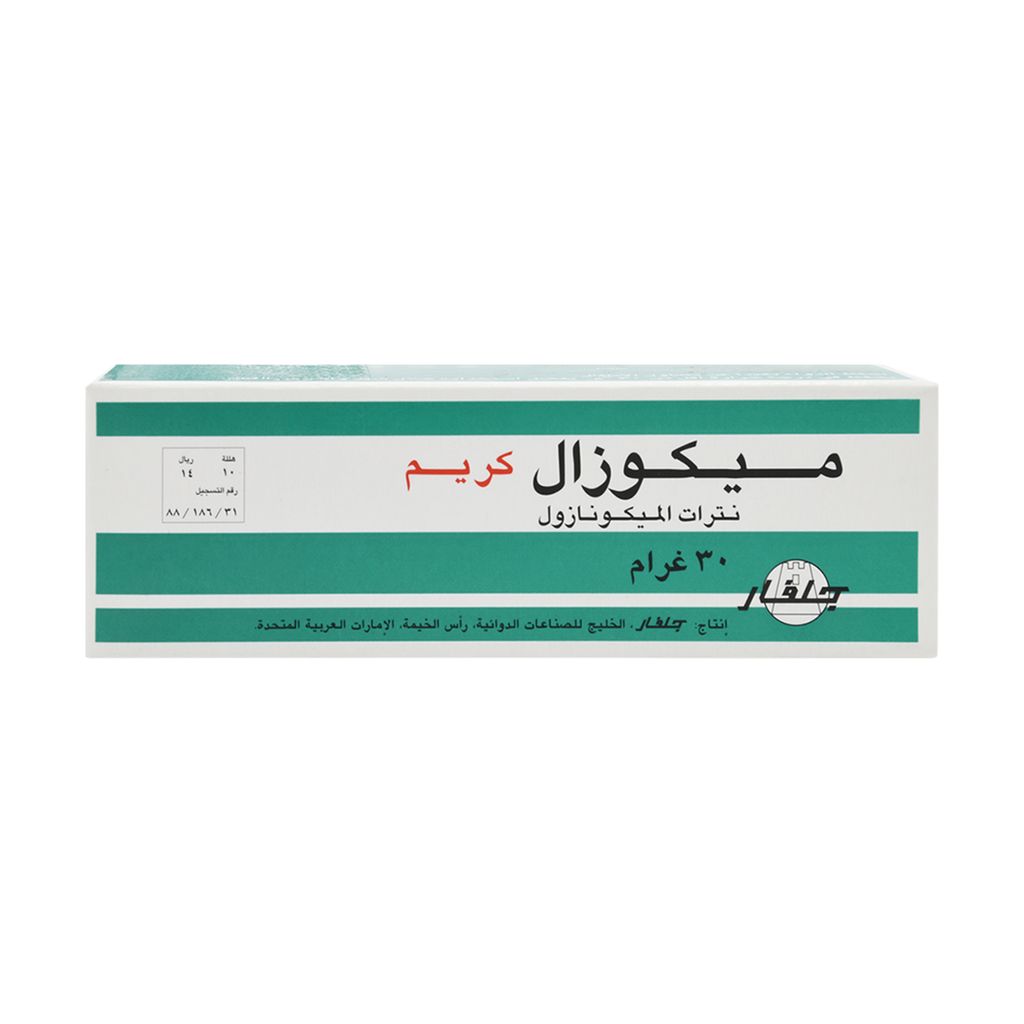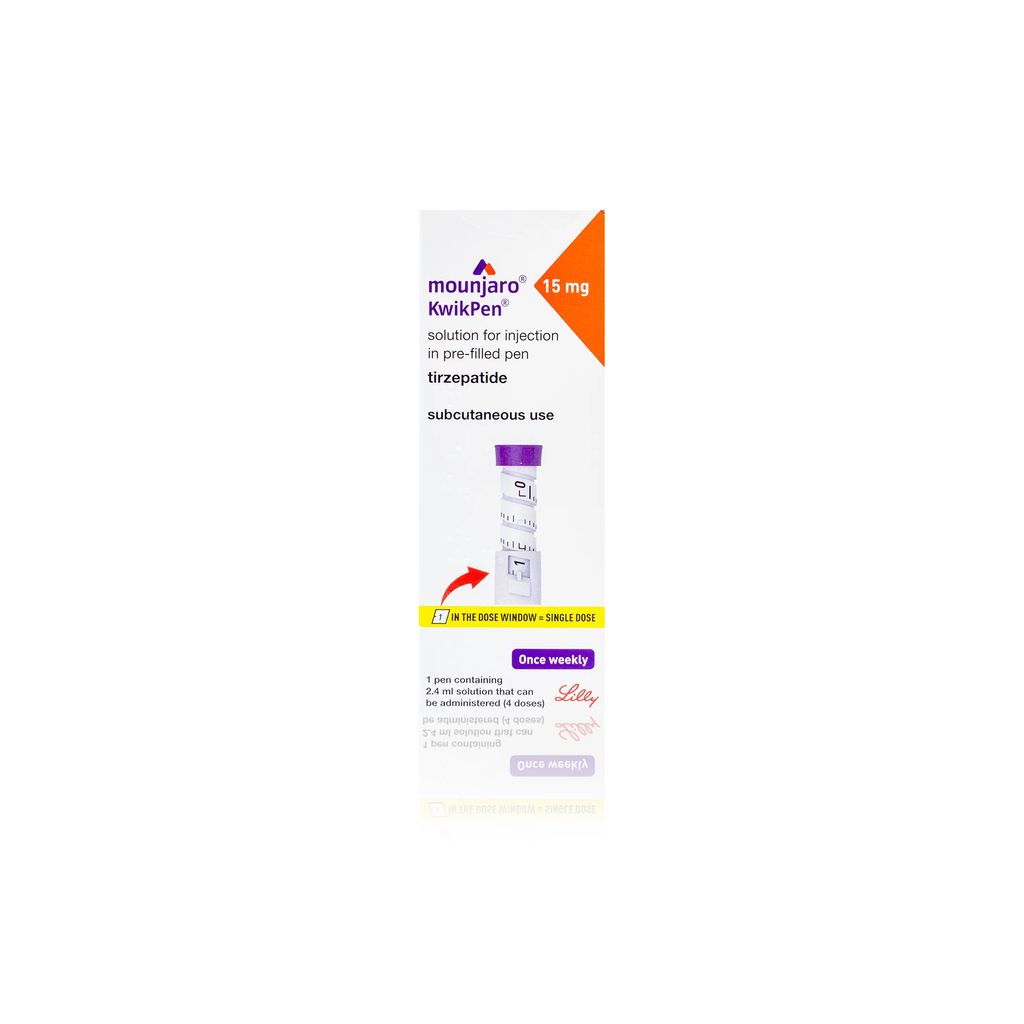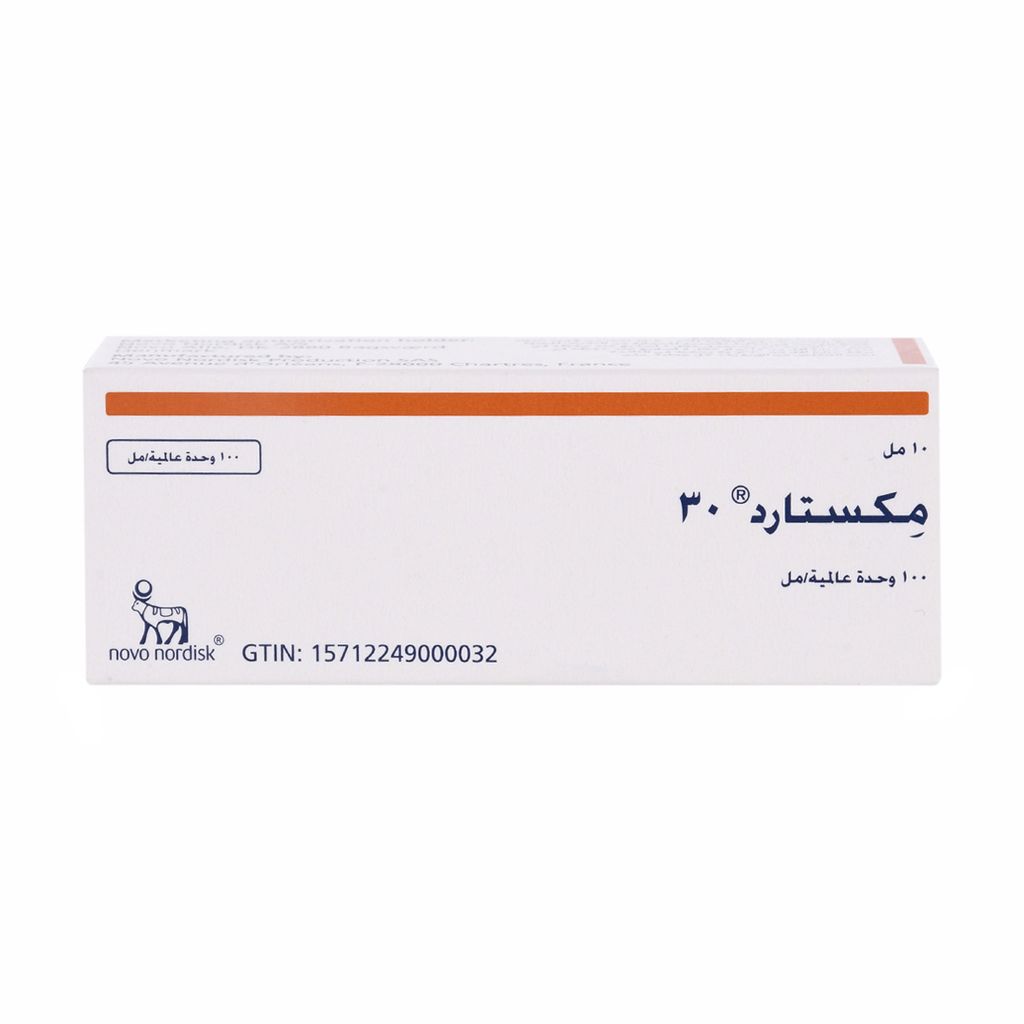One Square - Ar Rabi, 7773, 13315 Riyadh SA
Whites
One Square - Ar Rabi, 7773, Riyadh, SA
+966920006648 https://www.whites.net/s/5e5b8eb5e1a30016118f588f/62495a1e58355cabd8278173/app-icon-1024x1024px-480x480.png" [email protected] 5e9d4c2f4f57216fada7f3ef Dostinex 0.5 mg Tablet 8pcs https://www.whites.net/s/5e5b8eb5e1a30016118f588f/65226548744e56a86721f07c/dostinex-0-5-mg-tablet-8pcs-00_1.jpg
Cabergoline 0.5 mg Tablets
What Cabergoline is used for
• Cabergoline is used to stop breast milk production
• Cabergoline can also be used to treat other conditions caused by hormonal disturbance
Do not use Cabergoline
• If you are allergic to cabergoline, to other medicines called ergot alkaloids, (e.g. pergolide, bromocriptine, lisuride, ergotamine or ergometrine) or to any of the other ingredients of this medicine
• If you have severe liver disease
• If you have high blood pressure in pregnancy associated with swelling and protein in the urine (toxaemia of pregnancy)
• If you are being treated with anti-psychotics or have a history of mental illness associated with child-birth (puerperal psychosis)
• If you are pregnant or breast-feeding
• If you will be treated with Cabergoline for a long period and have stiff and inflamed heart valves (cardiac valvulopathy)
• If you have had fibrotic reactions (scar tissue) affecting your abdomen, heart or lungs
Warnings and precautions
• Talk to your doctor or pharmacist before taking Cabergoline if you have or had any of the following conditions:
• Disease that involves the heart and blood vessels (cardiovascular disease)
• Cold hands and feet (Raynaud’s syndrome)
• Gnawing pain in the abdomen when hungry (peptic ulcer) or bleeding from the stomach and intestines (gastrointestinal bleeding)
• History of serious mental disease, particularly psychotic disorders
• Reduced liver function
• Kidney function abnormality or kidney disease
• Increased blood pressure after giving birth
• Fibrotic reactions (scar tissue) affecting your heart, lungs or abdomen. In case you are treated with Cabergoline for a long period, your physician will check before starting treatment whether your heart, lungs and kidneys are in good condition. They will also have an echocardiogram (an ultrasound test of the heart) taken before treatment is started and at regular intervals during treatment. If fibrotic reactions occur treatment will have to be discontinued
• Low blood pressure (postural hypotension) or you are taking any medicines to lower your blood pressure
Possible side effects
Stop using the product and seek immediate medical attention if you develop throat tightness or swelling of the eyes, face, lips or tongue, feel faint, or have difficulty breathing. Stop using the product if you develop hives or itching of the face or body.
Other medicines and Cabergoline
Tell your doctor or pharmacist if you are taking, have recently taken or might take any other medicines, including medicines obtained without a prescription.
Some medicines can reduce the effectiveness of Cabergoline, these include:
• Medicines used to treat mental illness (e.g. antipsychotic medicines like chlorpromazine, haloperidol)
• Medicines for nausea and vomiting (e.g. domperidone, metoclopramide)
Some medicines can increase the amount of Cabergoline in your blood and so could increase the side effects, these include:
• Medicines for Parkinson’s disease
• Medicines for severe migraine headaches (e.g. pergolide, bromocriptine, lisuride, ergotamine, dihydroergotamine, ergometrine or methysergide)
• Antibiotics (e.g. erythromycin)
How to use Cabergoline
• It is recommended you take Cabergoline with or after food to help reduce feelings of nausea or vomiting.
• To prevent milk production (lactation): You should take 1 mg (two 0.5 mg tablets) on the first day after delivery.
• To stop lactation once you have started to breast-feed: You should take 0.25 mg (one half of Cabergoline 0.5 mg tablet) every 12 hours for two days.
• To reduce prolactin levels in other conditions: You should initially take one 0.5 mg tablet (to be taken in two doses) spread out over a week (e.g. half a tablet on Monday and the other half of the tablet on Thursday). Your dose will be increased up to a maximum dose of 4.5 mg per week or until you have responded fully to treatment. The maximum dose should not exceed 3 mg per day.
How to store Cabergoline
Keep this medicine out of the sight and reach of children.
Do not use this medicine after the expiry date which is stated on the carton. The expiry date refers to the last day of that month.
Do not store above 25°C. Store in the original container. Keep the container tightly closed.
Do not use Cabergoline if you notice any deterioration or damage to the outer packaging.
Do not throw away any medicines via wastewater or household waste.
26515out of stock SAR 148.55
DOSTINEX
Email ID already exists!
Your Current password is incorrect
Password Updated Successfully
Thanks for your Feedback
- Home
- Medications
- Medication
- Dostinex 0.5 mg Tablet 8pcs
Dostinex 0.5 mg Tablet 8pcs
 148.55
148.55This Product is only deliverable in Riyadh
OUT OF STOCK
See all products of this brand to stay updated on exciting launches, new collections & more!
Cabergoline 0.5 mg Tablets
What Cabergoline is used for
• Cabergoline is used to stop breast milk production
• Cabergoline can also be used to treat other conditions caused by hormonal disturbance
Do not use Cabergoline
• If you are allergic to cabergoline, to other medicines called ergot alkaloids, (e.g. pergolide, bromocriptine, lisuride, ergotamine or ergometrine) or to any of the other ingredients of this medicine
• If you have severe liver disease
• If you have high blood pressure in pregnancy associated with swelling and protein in the urine (toxaemia of pregnancy)
• If you are being treated with anti-psychotics or have a history of mental illness associated with child-birth (puerperal psychosis)
• If you are pregnant or breast-feeding
• If you will be treated with Cabergoline for a long period and have stiff and inflamed heart valves (cardiac valvulopathy)
• If you have had fibrotic reactions (scar tissue) affecting your abdomen, heart or lungs
Warnings and precautions
• Talk to your doctor or pharmacist before taking Cabergoline if you have or had any of the following conditions:
• Disease that involves the heart and blood vessels (cardiovascular disease)
• Cold hands and feet (Raynaud’s syndrome)
• Gnawing pain in the abdomen when hungry (peptic ulcer) or bleeding from the stomach and intestines (gastrointestinal bleeding)
• History of serious mental disease, particularly psychotic disorders
• Reduced liver function
• Kidney function abnormality or kidney disease
• Increased blood pressure after giving birth
• Fibrotic reactions (scar tissue) affecting your heart, lungs or abdomen. In case you are treated with Cabergoline for a long period, your physician will check before starting treatment whether your heart, lungs and kidneys are in good condition. They will also have an echocardiogram (an ultrasound test of the heart) taken before treatment is started and at regular intervals during treatment. If fibrotic reactions occur treatment will have to be discontinued
• Low blood pressure (postural hypotension) or you are taking any medicines to lower your blood pressure
Possible side effects
Stop using the product and seek immediate medical attention if you develop throat tightness or swelling of the eyes, face, lips or tongue, feel faint, or have difficulty breathing. Stop using the product if you develop hives or itching of the face or body.
Other medicines and Cabergoline
Tell your doctor or pharmacist if you are taking, have recently taken or might take any other medicines, including medicines obtained without a prescription.
Some medicines can reduce the effectiveness of Cabergoline, these include:
• Medicines used to treat mental illness (e.g. antipsychotic medicines like chlorpromazine, haloperidol)
• Medicines for nausea and vomiting (e.g. domperidone, metoclopramide)
Some medicines can increase the amount of Cabergoline in your blood and so could increase the side effects, these include:
• Medicines for Parkinson’s disease
• Medicines for severe migraine headaches (e.g. pergolide, bromocriptine, lisuride, ergotamine, dihydroergotamine, ergometrine or methysergide)
• Antibiotics (e.g. erythromycin)
How to use Cabergoline
• It is recommended you take Cabergoline with or after food to help reduce feelings of nausea or vomiting.
• To prevent milk production (lactation): You should take 1 mg (two 0.5 mg tablets) on the first day after delivery.
• To stop lactation once you have started to breast-feed: You should take 0.25 mg (one half of Cabergoline 0.5 mg tablet) every 12 hours for two days.
• To reduce prolactin levels in other conditions: You should initially take one 0.5 mg tablet (to be taken in two doses) spread out over a week (e.g. half a tablet on Monday and the other half of the tablet on Thursday). Your dose will be increased up to a maximum dose of 4.5 mg per week or until you have responded fully to treatment. The maximum dose should not exceed 3 mg per day.
How to store Cabergoline
Keep this medicine out of the sight and reach of children.
Do not use this medicine after the expiry date which is stated on the carton. The expiry date refers to the last day of that month.
Do not store above 25°C. Store in the original container. Keep the container tightly closed.
Do not use Cabergoline if you notice any deterioration or damage to the outer packaging.
Do not throw away any medicines via wastewater or household waste.
Related products
MIKOZAL
Mikozal Cream 30g
 14.1 SAVE 0% SAVE
14.1 SAVE 0% SAVE  0
0{"_id":"5e9d4b8e837af137b82d82aa","name":"Mikozal Cream 30g","price":14.1,"brand":"MIKOZAL","sku":"4809","inventory_quantity":1,"seller":"5e5ba36356297b5dd7d7df93","available":true,"images":[{"image":"5e9d4b8e837af137b82d82aa/111771-0089.jpg","caption":"","tags":""},{"image":"5e9d4b8e837af137b82d82aa/111771-0089-2.jpg","caption":"","tags":""},{"image":"5e9d4b8e837af137b82d82aa/111771-0089-3.jpg","caption":"","tags":""}],"metafields":{"riyadh_only":1,"gtin_1":"6291100080526","kunooz_categories":["prescribed-medicine","pharmacy"],"whites_categories":[]},"alias":"mikozal-cream-30g","sort_order":1398,"collections":["shop-under-90-sar","not-coupon-k25-items"],"categories":["pharmacy","medication","antibiotics-and-fungal"],"list_price":14.1,"our_price":14.1,"original_price":14.1,"discounts_total":0,"discounts_percentage":"0.000","discount_total":0,"original_sort_order":1398,"entity_type":"ms.products","selected_options":{},"selected_variant":{}}
يصرف بوصفه طبية
 1261.4 SAVE 0% SAVE
1261.4 SAVE 0% SAVE  0
0{"_id":"66d5a5c8c392a90032627d66","seller":"5e5ba36356297b5dd7d7df93","alias":"mounjaro-15-mg-0-6ml-kwikpen-4-doses","images":[{"image":"s/5e5b8eb5e1a30016118f588f/68dcc4b0ef06b0f3d70d932c/5014602102067_1.webp"}],"collections":["all-items-live-2024"],"categories":["prescribed-medicines","medicines","medication","medications","wellness"],"metafields":{"kunooz_label2_name":"يصرف بوصفه طبية","kunooz_label2_color":"#BF1717","whites_label2_name":"يصرف بوصفه طبية","whites_label2_color":"#DA198A","unitSAP":"EA","kunooz_product_type":[],"health_conditions":[],"frequently_bought":[],"use_it_with":[],"pick_your_free_items":[],"combo_offer":[],"kunooz_categories":["prescribed-medicines","medicines"],"whites_categories":["medication","medications","wellness"],"skin_tone":[],"lips":[],"kunooz_seo":{},"whites_seo":{},"benefits":"","ingredients":"","how_to_use":"","what_is":"","therapeutic_uses":"","dosage_and_administration":"","contraindication_and_drug_interaction":"","warning_and_precautions":"","side_effects":"","more_information":"","riyadh_only":1},"sku":"53204","name":"Mounjaro 15 Mg/0.6ml Kwikpen 4 Doses","price":1261.4,"inventory_quantity":12,"available":true,"sort_order":0,"brand":"MOUNJARO","avg_rating":0,"num_reviews":0,"list_price":1261.4,"our_price":1261.4,"original_price":1261.4,"discounts_total":0,"discounts_percentage":"0.000","discount_total":0,"original_sort_order":0,"entity_type":"ms.products","selected_options":{},"selected_variant":{}}
 65 SAVE 0% SAVE
65 SAVE 0% SAVE  0
0{"_id":"5e9d4b903bd21337b48d2b24","name":"MIXTARD Mixtard 30 HM 100IU/ML Vial 10","price":65,"brand":"MIXTARD","sku":"15116","inventory_quantity":1,"seller":"5e5ba36356297b5dd7d7df93","available":true,"images":[{"image":"5e9d4b903bd21337b48d2b24/2281000000100.jpg","caption":"","tags":""},{"image":"5e9d4b903bd21337b48d2b24/2281000000100-2.jpg","caption":"","tags":""},{"image":"5e9d4b903bd21337b48d2b24/2281000000100-3.jpg","caption":"","tags":""},{"image":"5e9d4b903bd21337b48d2b24/1572249000032-2.jpg","caption":"","tags":""}],"metafields":{"riyadh_only":1,"gtin_1":"2281000000100","gtin_2":"1571224900003","kunooz_categories":["prescribed-medicine","pharmacy"],"whites_categories":[],"unitSAP":"EA","kunooz_product_type":[],"health_conditions":[],"frequently_bought":[],"use_it_with":[],"pick_your_free_items":[],"combo_offer":[],"skin_tone":[],"lips":[],"kunooz_seo":{},"whites_seo":{},"benefits":"","ingredients":"","how_to_use":"","what_is":"","therapeutic_uses":"","dosage_and_administration":"","contraindication_and_drug_interaction":"","warning_and_precautions":"","side_effects":"","more_information":""},"alias":"mixtard-30-hm-100iu-ml-vial-10","sort_order":0,"collections":["all-items-live-2024"],"categories":["wellness","medicines","medications","prescribed-medicines","medication"],"list_price":65,"our_price":65,"original_price":65,"discounts_total":0,"discounts_percentage":"0.000","discount_total":0,"original_sort_order":0,"entity_type":"ms.products","selected_options":{},"selected_variant":{}}
Ratings & Reviews
Your Bag 0 Items









